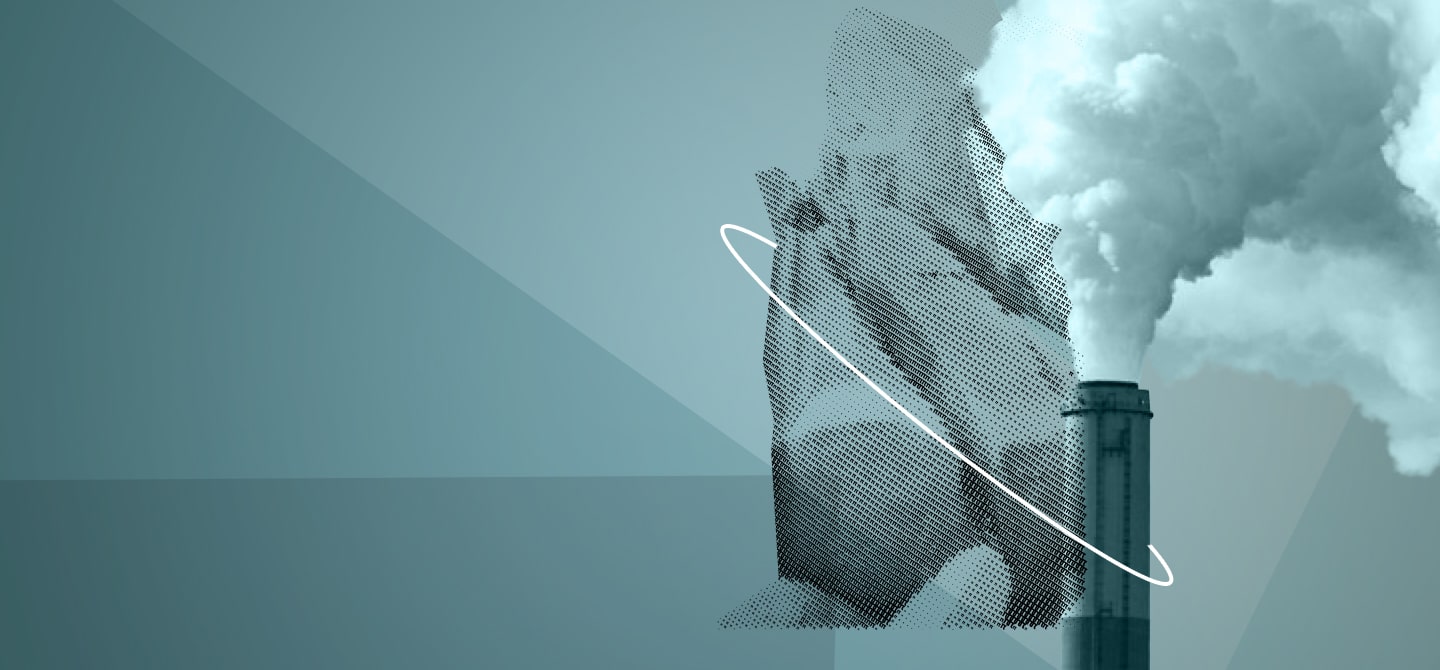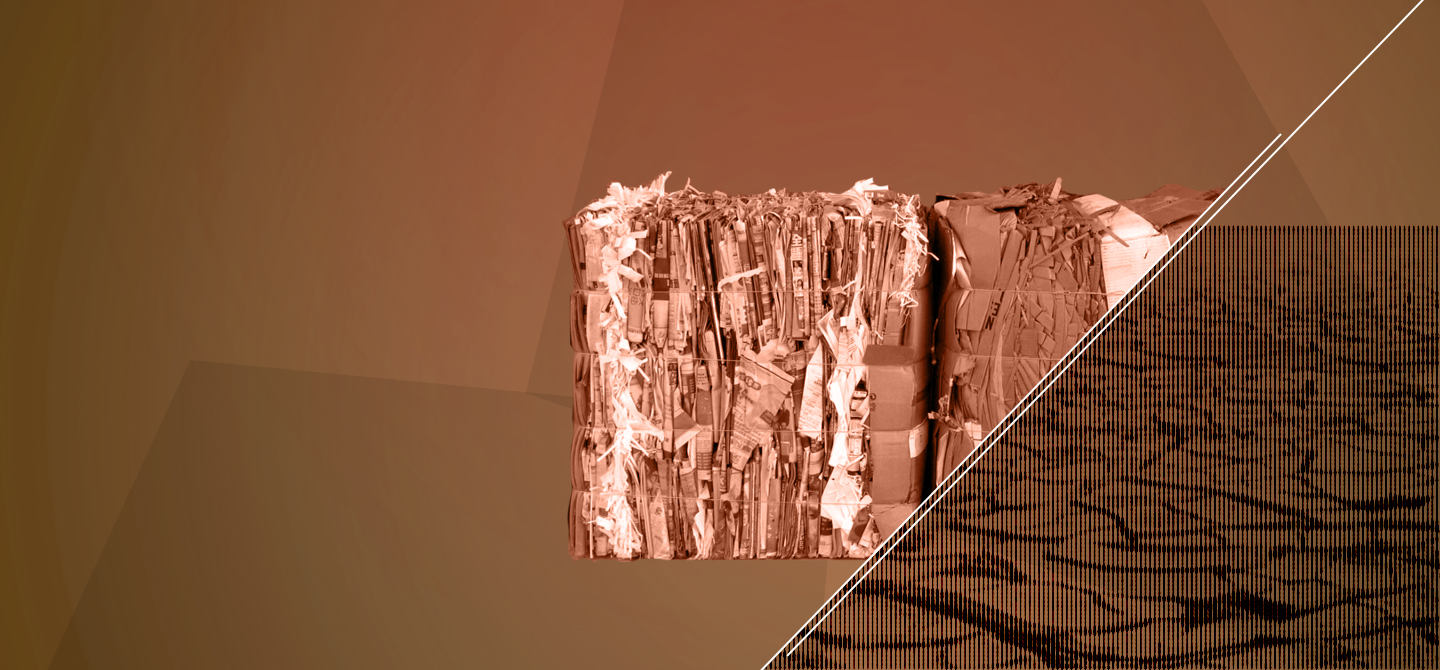To fight against global warming, it is possible to capture and store part of our CO2 emissions underground. This technology, in addition to efforts to reduce greenhouse gas emissions at the source, is ready to be deployed. Is it possible to safely capture and store CO2?
Isabelle Czernichowski-Lauriol. Yes, it is possible, and it is already being done. To launch projects of this type, involves extensive characterisation of potential storage sites the political will to do so and financial policies to support it. Countries which succeeded in doing so have developed effective support systems. In the USA for example, tax credits helped increase the number of projects in the pipeline. The European carbon market, however, is not enough. Projects exist in Norway because the country has introduced a CO2 tax. Moreover, a subsidy mechanism was just established in the Netherlands, and the British government has decided to massively invest in CO2 capture technology.
Where do we stand today?
There are more than twenty industrial-scale projects in the world, including two in Europe – Sleipner and Snøhvit in Norway. But others are also under development in the North Sea, near Norway, the Netherlands, and the United Kingdom. Likewise, there are plans to store carbon emissions from industrial areas in Dunkirk and Le Havre under the North Sea. The Bureau of Geological and Mining Research (BRGM, Bureau de recherches géologiques et minières) is coordinating a European research project to develop and study various CO2 storage scenarios in other industrial regions in southern and eastern Europe, including the French Rhône valley and Paris basin.
An industrial project takes approximately 7 years to become operational. We must therefore start planning now if we want to get started before 2030. Many actors in research and industry are mobilised to do so in France. It is possible to create a French sector and thus save and generate employment in France, especially by ensuring that industrial activities are not relocated near the current storage facilities in the North Sea.
What is the cost of this technology?
The most expensive aspect is the capture of CO2 in industrial fumes, which represents up to 80% of the cost. Transport and storage require less expense with the whole process costing between 30–130€/ton of CO2 – sometimes more depending on the configuration. It is therefore more expensive than the price of CO2 on the European market, which is currently around 25€/ton, but it has been much lower in the past (as little as 3€). This price tag is not highly encouraging for industrials if they are to make the leap, especially because of the big commitments required: 40 years of operations!
What are the steps in CO2 capture?
CO2 is captured where it is most concentrated from industrial fumes. There are techniques for capture from the atmosphere, but they are currently less effective as CO2 is considerably more diluted making extraction very difficult – even though this does remain one of the options for negative emissions put forward by the Intergovernmental Panel on Climate Change (IPCC). The CO2 is captured by using different types of amine solvents, but there are also technologies using membranes, or cryogenics. The BRGM is working in partnership with an American company to develop a technology to capture CO2 by dissolving it in water – it’s a very green and low-cost solution. On the Technology Readiness Level (TRL), our objective is to reach TRL6 soon1.
Once captured, the CO2 can be injected in geological formations over a kilometre deep. To do so, we must first determine the quantity of CO2 in a given time that can be injected by drilling into the reservoir rock (“reservoir injectivity”). You must also assess the cap rock properties to guarantee its resistance and storage integrity and security. Finally, you must assess the storage capacities of a site. All this makes it possible to determine the number of drillings required and the transportation infrastructure.
Are there any risks involved?
The storage site must be well characterised and injection operations sized accordingly. We make sure that there are no leaks by using surveillance tools to measure what is happening in the reservoir rock, cap rock, overlying rock and at the surface. We compare these surveillance measurements with computer simulations of the reservoir in time. If these do not match, simulations are refined and remedial measures are planned: lowering the injection pressure, sealing off the leaking well, or even stopping and storing elsewhere. The risks are more important during the injection period but these can easily be controlled. In time, they decrease because the pressure drops and storage becomes more stable. By choosing appropriate geological locations, CO2 storage can be carried out safely. However, advanced studies in the coming years are required before an industrial project can emerge.
What quantities of CO2 could be stored in this way?
The low carbon strategy of France, for example, considers that 15 million tons of CO2/year in 2050 must be captured and stored to compensate the incompressible CO2 emissions of this country and achieve carbon neutrality. But we can even do more. On an international level, the International Energy Agency (IEA) estimates that CO2 storage could represent 15% of the efforts to reduce CO2 emissions. A few months ago, the IEA produced a report2 calling for mobilisation to rapidly deploy this technology. France is behind on its commitments to reduce greenhouse gas emissions: we must not wait 20 years! We must launch a serious project now that can be expanded later if necessary.
But these technologies also have flaws. For example, CO2 storage also consumes energy?
Yes, but other solutions to decarbonise industry like electrification or the use of hydrogen also consume power. Thus, the question is: what is the cheapest, cleanest solution, which demands the least amount of energy? As such, different techniques must be studied on a case-by-case basis. And, in any case, we must combine all possible means to fight against global warming as quickly and efficiently as possible.
To find out more: CO2 capture and storage: the geological carbon sink.








